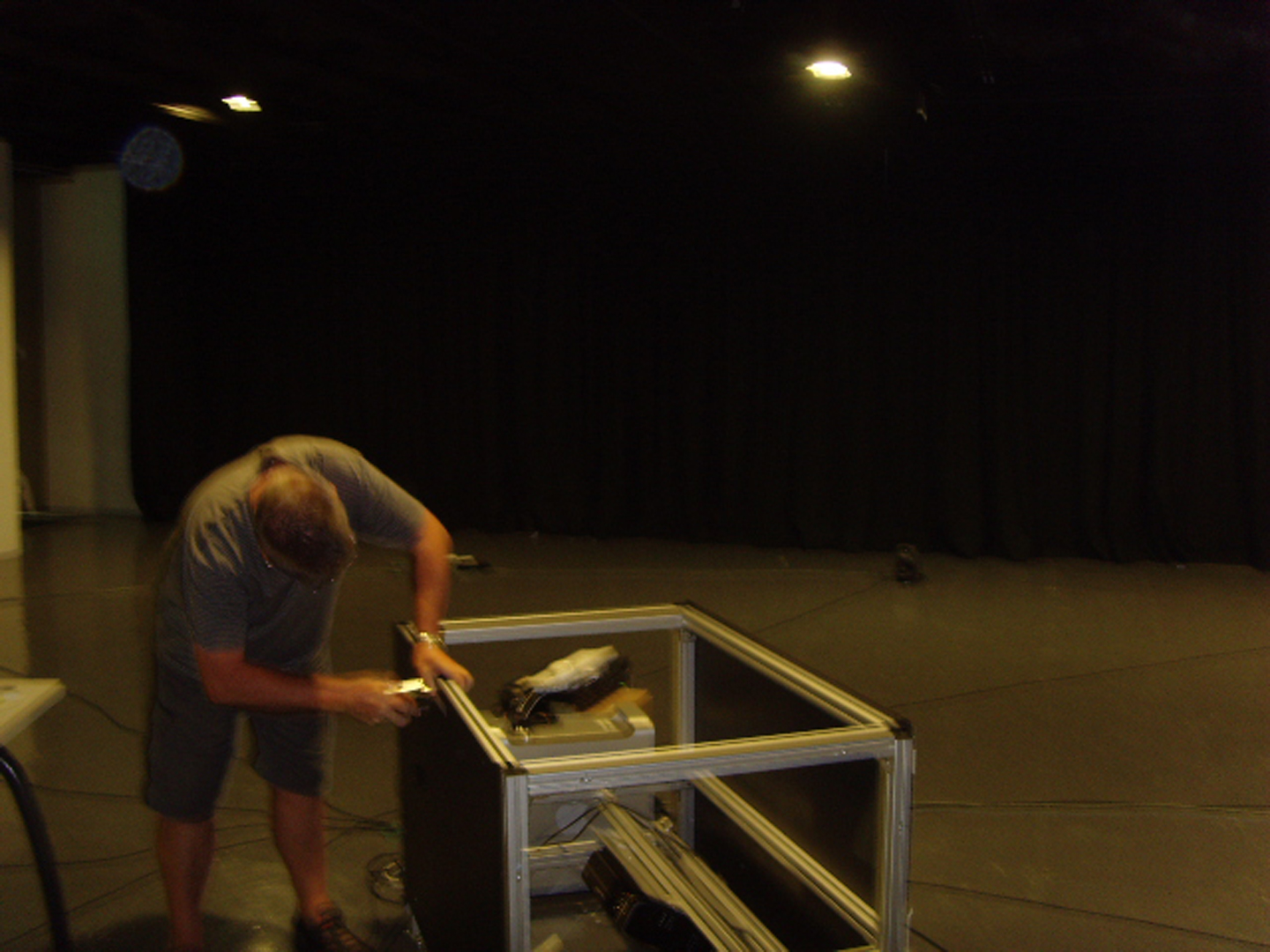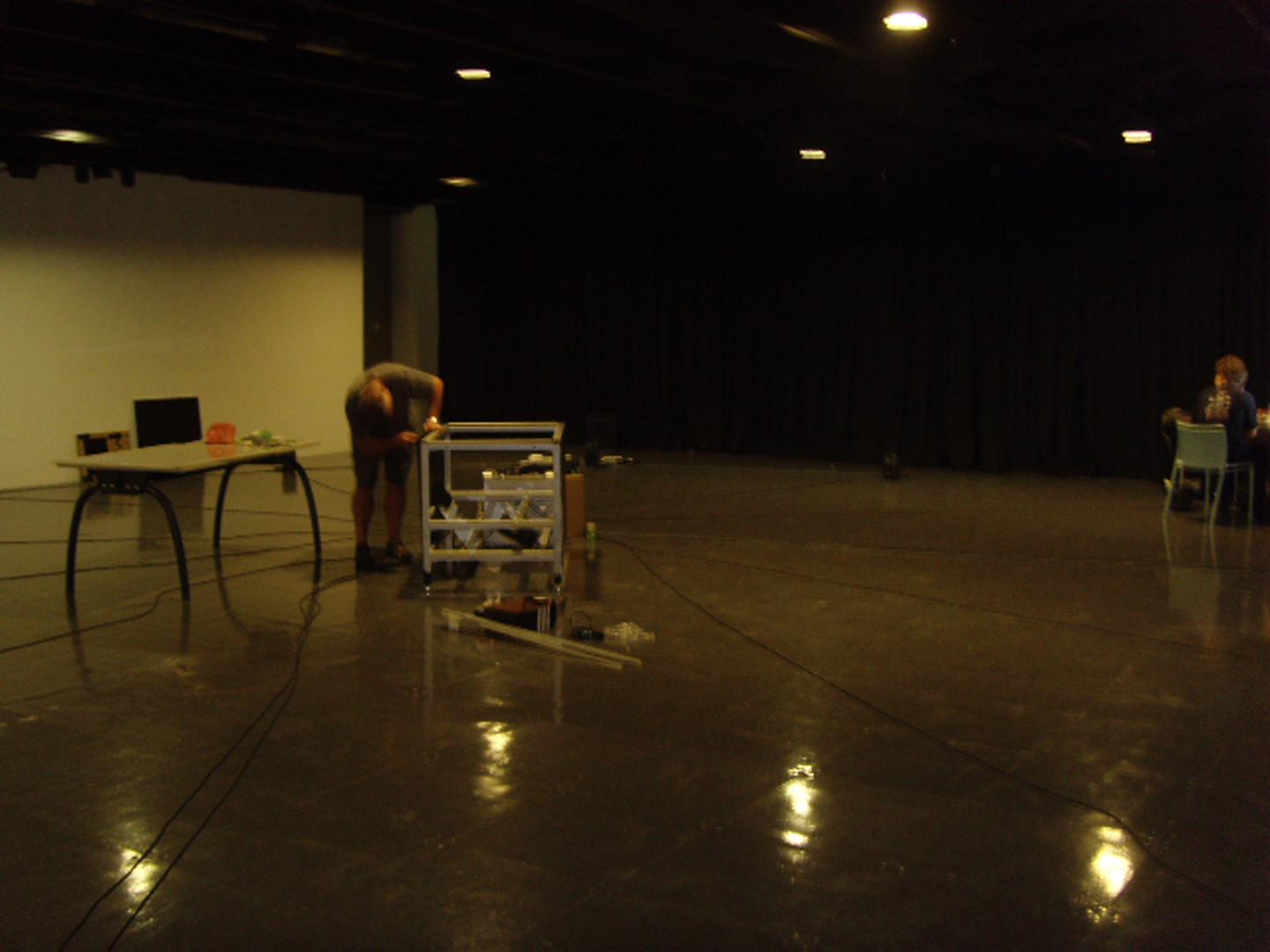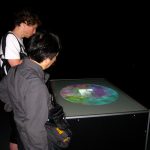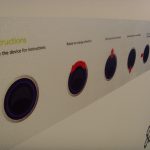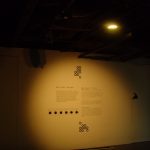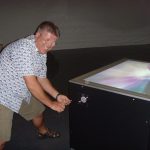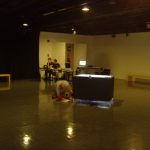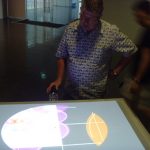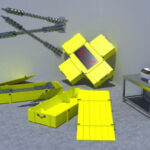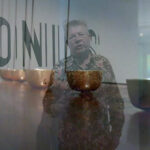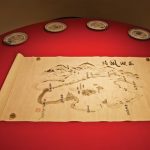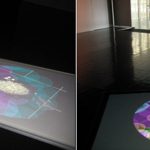“Run Silent; Run Deep” by Nigel Llwyd William Helyer, Daniel Woo
Title:
Artist(s) and People Involved:
Exhibiting Artist(s):
-
Nigel Llwyd William Helyer
-
- Sonic Objects
-
Daniel Woo
-
- University of New South Wales (UNSW)
Symposium:
Venue(s):
Artist Statement:
The title is an ironic reference to the motto of submarine captains in WWII who knew that the silence of their craft was the key to remaining undetected. In contrast this artwork is a whole-hearted embrace of the richly sonic world deep within the ocean.
The work is an ‘audio portrait’ of the Singapore harbour created by recording underwater acoustics, running the gamut from sonar to whalesong. This library of sounds has been further ‘composed’ as a virtual cartographic environment, which invites the visitor to navigate space and simultaneously create a dynamic 3 dimensional soundscape.
This project employs the AudioNomad system to geo-spatially locate hydrophone recordings and other marine audio data, rendering this into a rich map-based composition that allows live ‘mixing’ in the form of Virtual marine journeys. AudioNomad is a collaborative Art + Science Research and development project between the artist (Sonic Objects: Sonic Architecture) and Dr Daniel Woo of the School of Computer Science and Engineering, at the University of New South Wales, Sydney, Australia.
Collaborating with the AudioNomad Research Group and Marine Mammal Research Laboratory. Run Silent Run Deep is a co-production between the Artist Dr Nigel Helyer of ‘Sonic Objects; Sonic Architecture’ and the ‘AudioNomad Research Group’ of the University of New South Wales (Dr Daniel Woo, Michael Lake, James Salter). The artist would like to thank Dr Elizabeth Taylor and the researchers at the Marine Mammal Research Laboratory of the Tropical Marine Science Institute, National University of Singapore; Dr Mandar Chitre and the researchers of the Acoustic Research Laboratory of the Tropical Marine Science Institute, National University of Singapore; the Maritime and Port Authority of Singapore; the School of Computer Science and Engineering of the University of New South Wales, Sydney, Australia.
Additional Images:
- Helyer: Lifeboat
- Helyer, Woo: Run Silent; Run Deep
- Helyer, Woo: Run Silent; Run Deep
- Helyer, Woo: Run Silent; Run Deep
- Helyer, Woo: Run Silent; Run Deep
- Helyer, Woo: Run Silent; Run Deep
- Helyer, Woo: Run Silent; Run Deep
Previous work from the catalogue
Video:
RSRD ISEA 2008 from Nigel Helyer on Vimeo.



